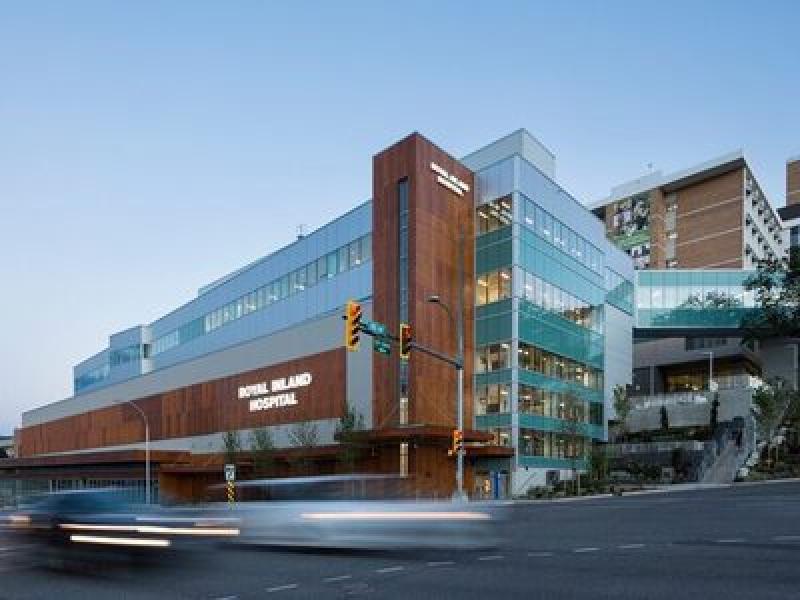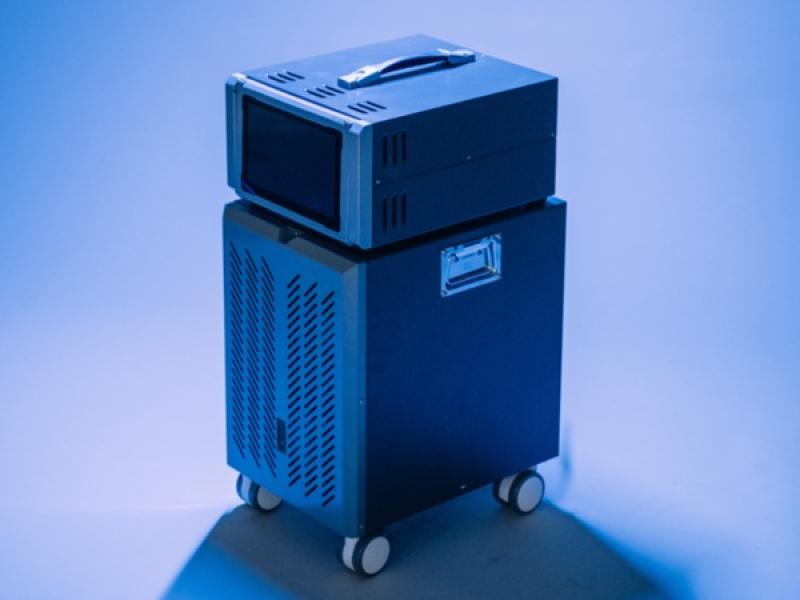
The sustainable construction and retrofit of Canadian healthcare facilities not only requires attention to a facility’s specific needs, but more focus on the funding needed to prepare the country’s healthcare sector for a greener future.
So says Colin Flock, senior vice-president of facilities services with EllisDon.
“Healthcare specifically is much more complicated than most . . . the inside of any particular healthcare facility, you may have a data centre which has its own challenges but then you also have operating rooms which are a little bit different, so there's a lot of little spaces within a facility that are operating very differently than the other ones. Different than an office tower,” Flock told SustainableBiz.
There's also the factor of reliability: “People's lives are at stake. So there's more criticality to it.”
Canada’s second-largest provider of healthcare building services, Mississauga, Ont.-based EllisDon is a construction services company created in 1951 that now has some 4,000 employees worldwide and annual revenues of approximately $5 billion.
The company is currently involved with eight healthcare facilities in Canada – with another two under construction and several in development. Flock stated EllisDon will have upwards of 12 within the next five years.
Sustainability in healthcare facilities
One of the biggest differences, Flock explained, between a hospital and an office tower are guidelines around temperature control.
Changing the temperature by a degree or two in an office tower might only have a minor impact on the occupants. In a hospital, that change could lead to an increase in humidity which could affect those in operating or isolation rooms, even leading to infection.
Another aspect to consider with healthcare facilities is just how much energy they use, given the large amount of highly specialized equipment, and the need for energy delivery to be uninterrupted. No matter what’s happening in the facility, whether it’s an energy upgrade or an entire retrofit, more planning is required due to the nature of the building’s use.
This also applies to things like smart building technology and occupancy sensors – if a lone office worker has the lights turned off on them, it’s probably not a life-threatening situation. The same can’t be said for a surgeon, Flock said.
“I think everybody knows that healthcare is overwhelmed, and has been overwhelmed since the pandemic, and so you can't just take a room out of service and leave it out of service for a couple of weeks,” Flock said. "A big energy retrofit is a lot of planning, there's a lot of contingencies happening.
"That goes with our regular maintenance, too. We need to shut down equipment periodically to maintain it. The planning that goes in is months and months to ensure that the hospital can keep operating.”
For example, if an operating room needs to be retrofitted, the hospital’s waitlist for surgeries is going to increase.
The same goes for life-cycle renewal, where the work needs to be completed as quickly as possible and any potential deviations from the plan need to be accounted for.
“The planning is not only, how do you execute the work on schedule and on time with reducing the risk, but also, if something goes wrong, what's the contingency and how do I get out? How do I get back to normal operations?” Flock said.
“Because there isn't, well, just take an extra week to do this job. You can't have that.”
The challenges of working in hospitals
Flock also highlighted difficulties in sharing best practices across facilities because hospitals managers are often independent groups. EllisDon has partnered with Greening Healthcare, based in Ontario but active across Canada, to help streamline the information-sharing process between facilities.
EllisDon predominantly works on P3 projects – public-private partnerships – which means its funding is “fenced off” for maintenance, life cycles and other specific needs.
“I think the biggest challenge in the non-P3 environment is the funding to maintain the hospitals and reduce energy and operate them more efficiently and be able to do that long-term planning,” he said. “So that facilities, teams aren’t band-aid fixing things.”
“(With a non-P3 hospital), if you can delay a capital spend or delay a maintenance spend, because (you can) put it into clinical. You're going to do that because clinical is more important. But then if you delay, that just makes that number bigger later on.”
EllisDon works with Somerville, Mass.-based Clockworks Analytics to help with its building maintenance planning using AI tools. Flock said they’re sometimes able to get ahead of maintenance – and therefore not interrupt a patient’s needs – by replacing equipment earlier.
“There's a few companies out there that will go and put a piece of software on top of the building automation system and say, 'I'm just going to make adjustments and make this building more efficient,'” he said. “You can't really do that in healthcare.”










